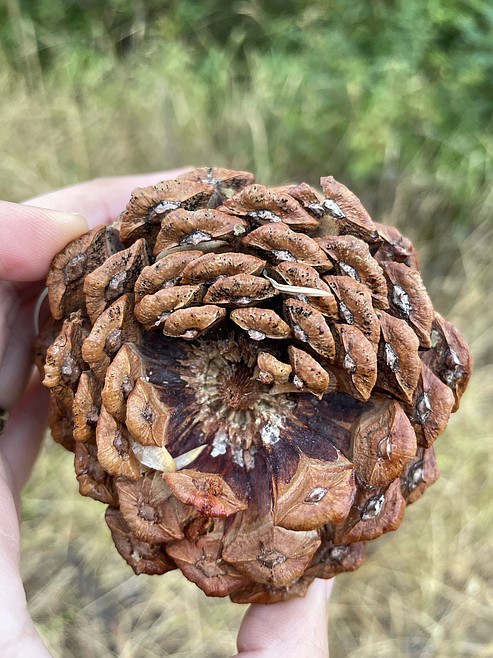Hail storm leaves ‘sores and cankers’ on pine trees around Bigfork
A hailstorm that caused widespread damage across the Flathead in July is to blame for an infection in some pine trees, according to the Montana Department of Natural Resources and Conservation.
Red foliage growing from ponderosa pines, as well as red “sores or cankers” on pinecones, consistent with the fungus diplodia, have been reported near Bigfork, Woods Bay and Echo Lake...
Support Local News
You have read all of your free articles this month. Select a plan below to start your subscription today.
Already a subscriber? Login
Daily Inter Lake - everything
Print delivery, e-edition and unlimited website access
- $26.24 per month
Daily Inter Lake - unlimited website access
- $9.95 per month

